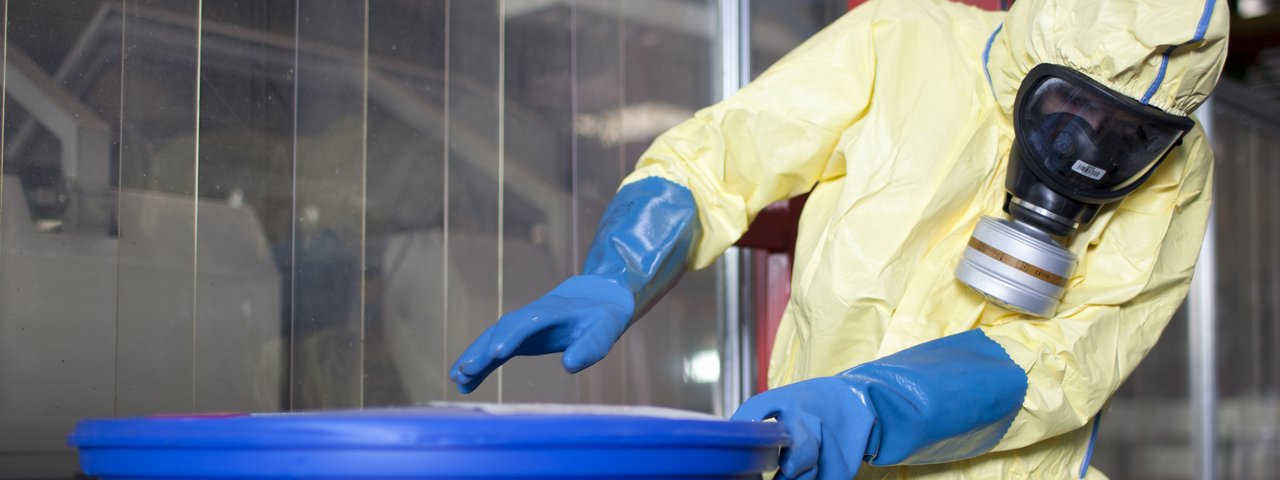
Labour Authority concludes: much room for improvement
The Netherlands Labour Authority has issued three partial reports reviewing the oversight of working with hazardous substances. The partial reports cover the period 2020-2023.
Read the partial reports (only available in Dutch): Oversight of working with hazardous substances 2020-2023
Key findings
From the inspections, re-inspections, and other interventions over the past four years, the Labour Authority concludes that there is still much to improve in the area of chemicals. Several important findings have emerged:
1. Insufficient attention to prevention
Employers often pay too little attention to general preventive measures. Examples include setting up separate areas for eating and drinking, using lids on barrels to prevent unnecessary exposure, and properly packaging and maintaining pipes to prevent leaks. Hazardous substances are also too often stored in the workspace, posing risks.
2. Lack of knowledge
Employers often lack sufficient knowledge about the dangers of the substances they use and the associated health risks, both short-term and long-term.
3. Insufficient innovation
Replacing hazardous substances with less harmful alternatives is considered less often than possible. There is room for more innovation in this area.
4. Incorrect application of measures
Taking measures according to the occupational hygiene strategy is not yet standard practice. Too often, personal protective equipment is relied upon instead of technical control measures.
5. Insufficient active fulfilment of health and safety obligations.
The inspections and results show that employers do not sufficiently actively and periodically fulfil their health and safety obligations. The Authority concludes that structural attention and efforts are needed to increase employers' responsibility around exposure to hazardous substances.
More attention and significant improvement needed
The Netherlands Labour Authority
Biological Agents
From 2021 to 2023, the Labour Authority conducted an exploratory project on biological agents. Approximately 30 exploratory visits were made to companies with suspected exposure to biological agents. Biological agents are primarily found in the following sectors:
- Contact with animals (food industry, zoos, nature management organizations)
- Industry (waste processing)
- Healthcare (nursing homes, daycare for the disabled)
- Government (police, fire department, ambulance)
- Education (primary education)
- Services (household work)
Room for improvement in working conditions
These visits show that the risks of biological agents are generally sufficiently recognized and controlled. Measures are often taken, there is attention to information and training, and where vaccination is possible, it is offered. In many sectors, specific attention is also given to pregnant women as a risk group.
However, the Labour Authority sees room for improvement. They advocate for more attention to periodic health checks and better compliance with targeted occupational health investigations. Additionally, more attention is needed for infectious diseases as occupational diseases, both among employers, industry organizations, and occupational physicians.
Although progress has been made in some areas, there is still much work to do, to further improve safety and health in the workplace. Employers play a crucial role in this and will be encouraged to actively improve their knowledge and measures.
Read more about workplace biohazards here.
Easily comply with the 4 steps of the Labour Authority
Of course, employers do not have to do this alone. With Stoffenmanager®, companies can easily comply with the 4 steps of the Labour Authority. We have been working with companies for 20 years towards a safe and healthy working environment.